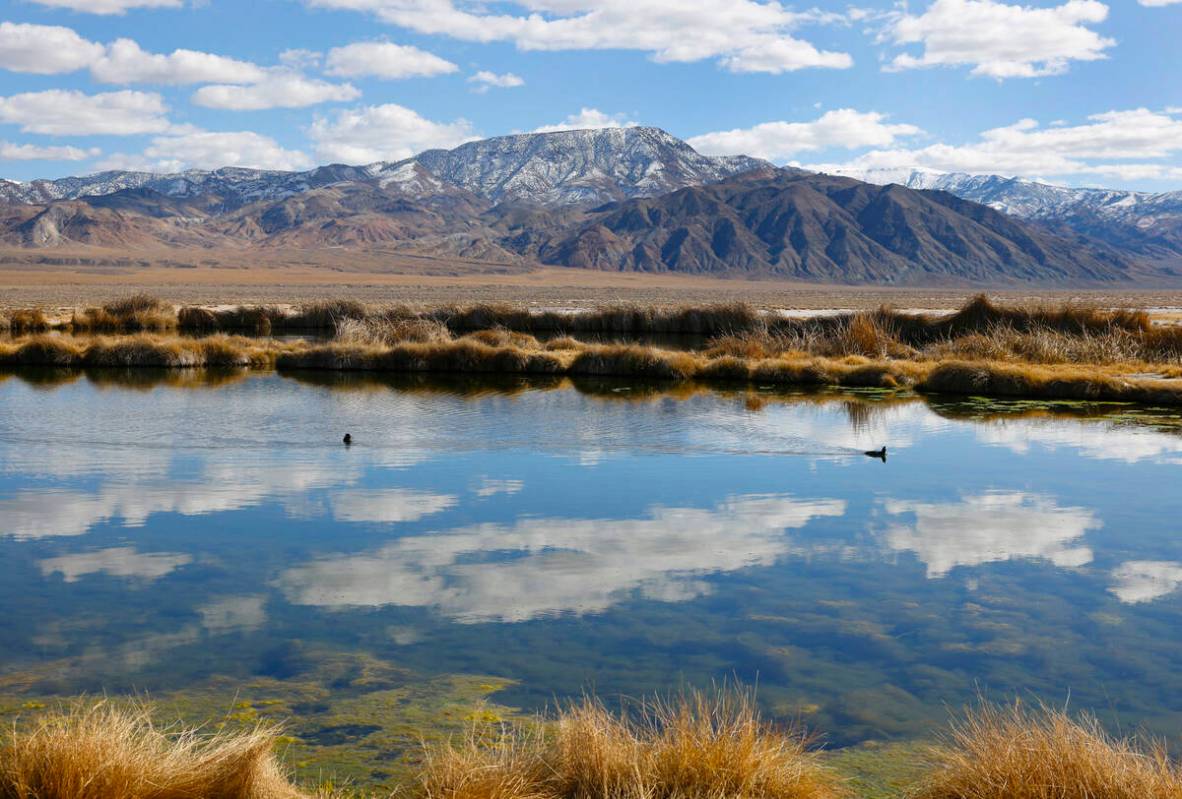Nearly $1B loan secured for Nevada lithium-boron mine

A lithium-boron project on Friday closed on an almost $1 billion loan from the Department of Energy.
Ioneer Limited is receiving a $996 million loan from the DOE through its Loan Programs Office under the Advanced Technology Vehicles Manufacturing program to support on-site processing of lithium-boron at its Rhyolite Ridge Lithium-Boron Project in Esmeralda County, according to a news release from the company.
“The need for domestically sourced and processed lithium and boron has never been greater,” said James Calaway, executive chairman of Ioneer Limited, in a statement. “The United States requires Rhyolite Ridge and more projects like it if we want secure domestic critical mineral production. It’s as simple as that.”
The loan is $968 million principal and $28 million in capitalised interest. This is an increase from LPO’s first loan principal in January 2023, which was a conditional commitment of up to $700 million.
The goal of the loan is to strengthen the United States mineral supply chain, create rural jobs and “rebalance the global supply of lithium and boron production and processing currently dominated by China and Turkey,” Ioneer Limited said in a news release.
There have been multiple concerns raised about the Rhyolite Ridge mine, saying the mine will drive the extinction of the endangered rare wildflower Tiehm’s buckwheat and destroy indigenous peoples sacred lands.
“It’s very disappointing that the Biden administration is using taxpayer money to subsidize extinction on its way out the door,” said Patrick Donnelly, Great Basin director at the Center for Biological Diversity. “We’re challenging this mine in court because it violates numerous environmental protection laws, and we won’t rest until we’ve stopped it from destroying Nevada’s irreplaceable biodiversity.”
Lithium mine Rhyolite Ridge, the largest known lithium and boron deposit in North America, is expected to be under construction this year and take 36 months, with first production starting in 2028. The mine will power around 370,000 electric vehicles per year, create around 500 construction jobs and 350 jobs during the mine’s life cycle.
The lithium mine is expected to be “state-of-the-art,” recycling half of all water use and avoid the use of evaporation ponds to limit water used during operations.
Contact Emerson Drewes at edrewes@reviewjournal.com. Follow @EmersonDrewes on X.